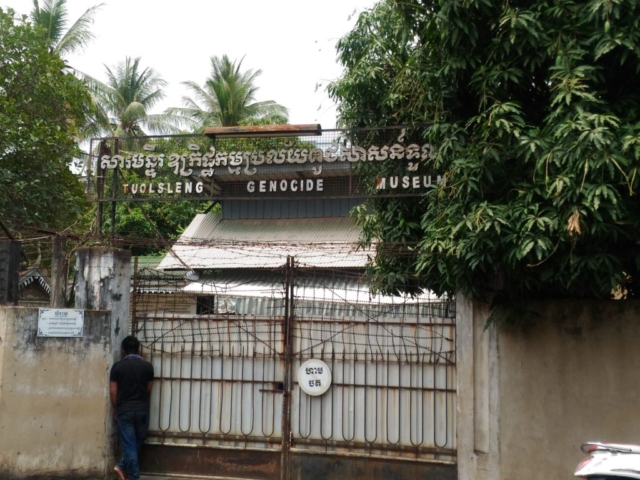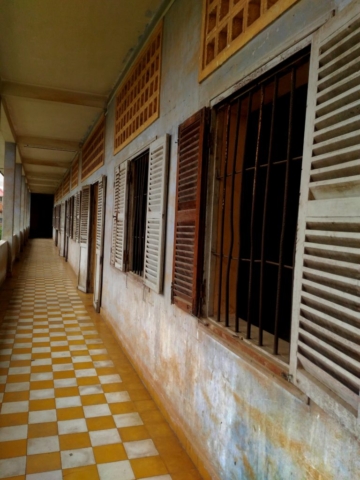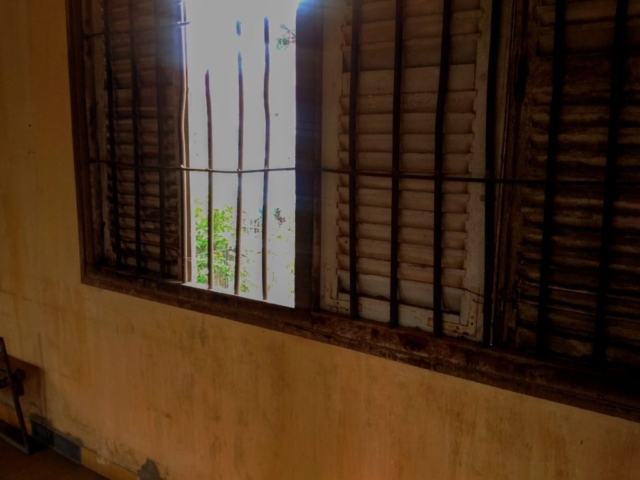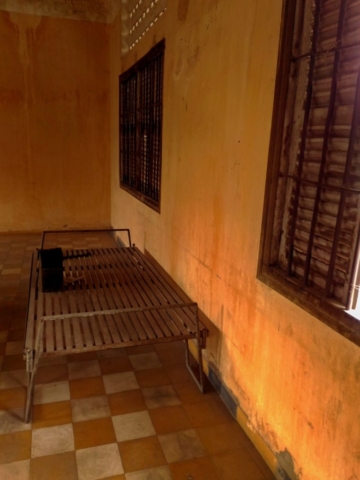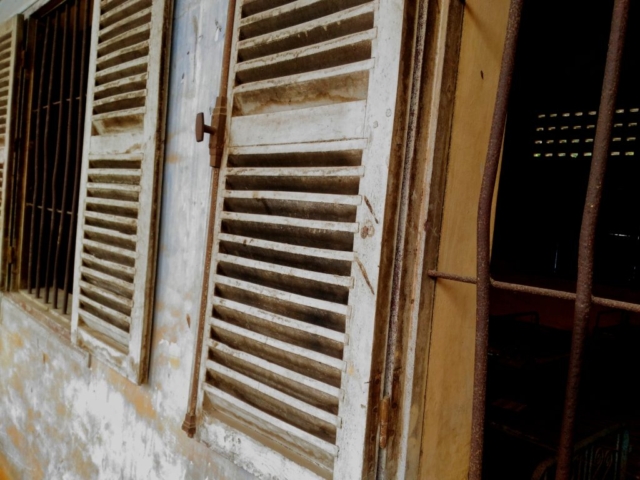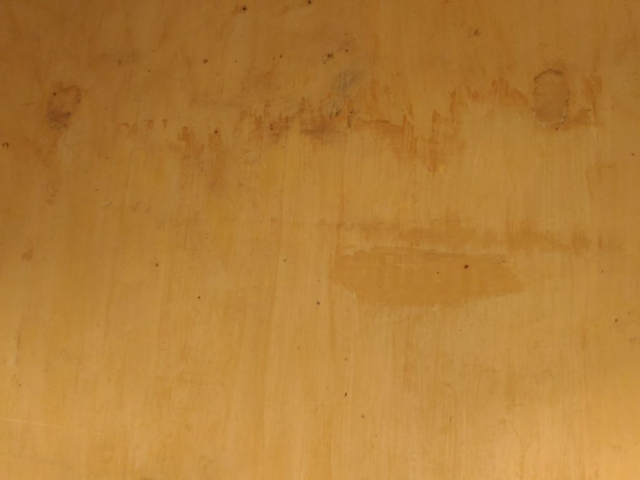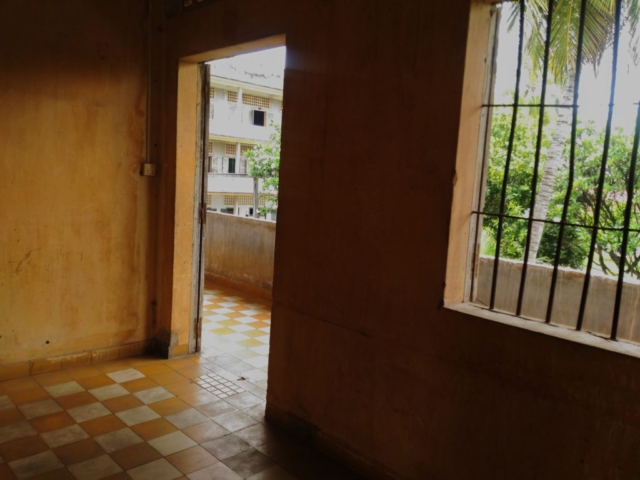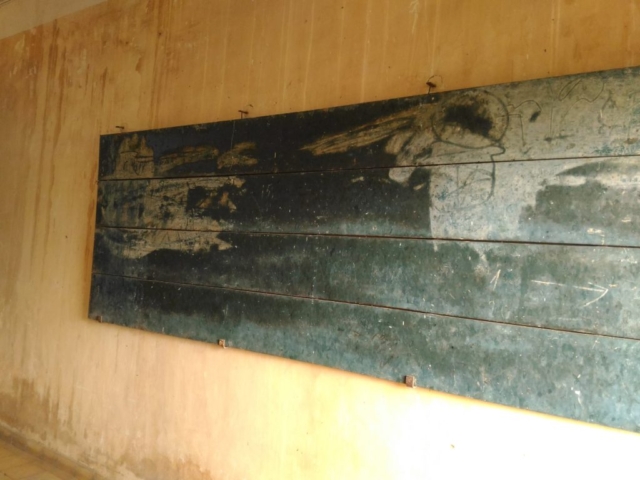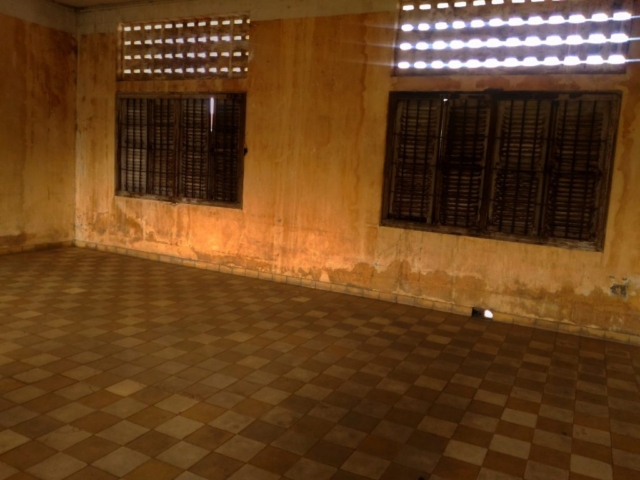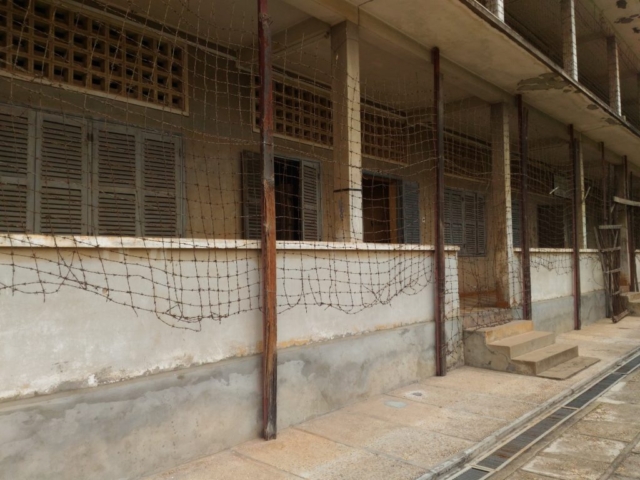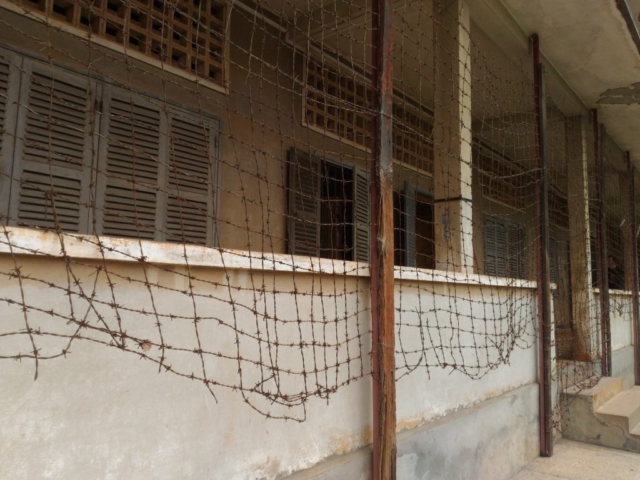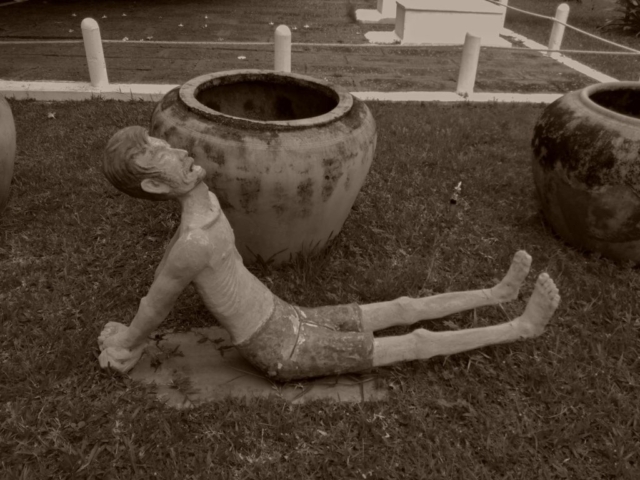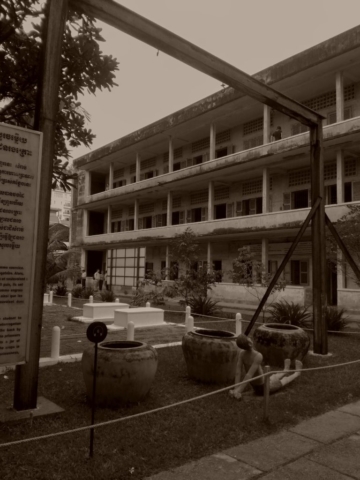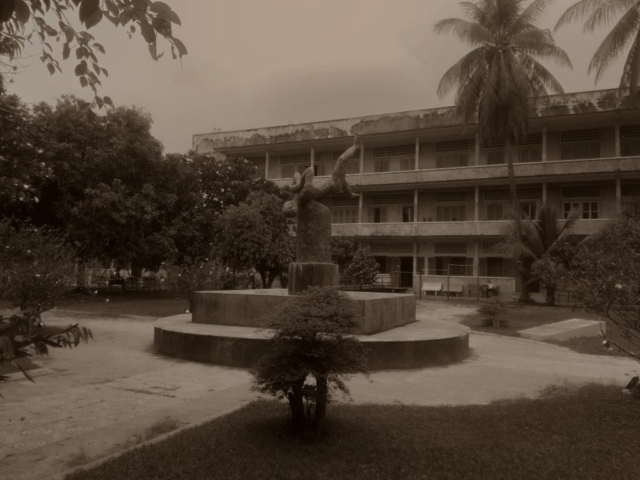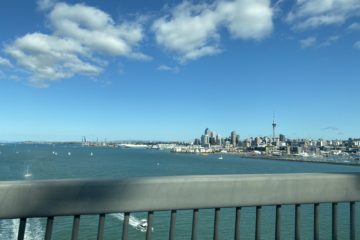When we look at the dates when this place was an unfortunate suffering for many people, we don´t have to search deep in the past. Our grandparents were middle-aged, and parents were children or young students at this time. The saddest thing is the fact that teachers don´t have a time for teaching modern history in schools. For a long time, they teach about prehistory, antiquity, the Middle Ages … but we know only a few pieces of information about the modern history. At the same time, I think we should remind ourselves of this part of history much more because we don´t forget that FREEDOM is one of the most beautiful things in the world.
S-21 (Security Prison)
Genocide Museum is located in the capital city of Cambodia – Phnom Penh. This place was a high school but it was changed into prison during the Khmer Rouge (1975-1979). In 2010, Kang Kek Iew ( the first Khmer Rouge leader) was sentenced for crimes against humanity and a serious violation of the 1949 Geneva Conventions for life imprisonment.
The complex of 5 school buildings was renamed and began to adapt for the prisoners. The buildings were closed in the electrified barbed wire, the classrooms were transformed into small prison and torture chambers, and all windows were covered with iron bars and barbed wire to prevent escape and suicide. The exact number of prisoners isn´t known, but estimates are around 17,000 people. Prisoners were repeatedly tortured, forced to appoint family members and close coworkers who were arrested, tortured and killed too. In the first part, workers in high positions (soldiers, government officials, academics, doctors, teachers, monks, engineers …) were liquidated.
Life in prison
In 1979 Hô Văn Tây, a Vietnamese combat photographer was the first journalist to document Tuol Sleng to the world. His photographs are now in prison.
Of the total, only 7 people were known to have survived the S-21.
Prison today
Buildings were left in their original form. In building A, there are large cells in which the bodies of the last victims were discovered. Building B contains photo galleries. In Building C, rooms are divided into small cells for prisoners. Building D includes other memorabilia including torture tools.
In some places it is forbidden to laugh, take photos and make videos. Sadly, a lot of tourists want to have the best pictures or maybe selfie. Due to the history of this place, it is totally misplaced. I only have a couple of pictures where the ban wasn´t. I think the most important memories of these places, we keep them in ourselves.
